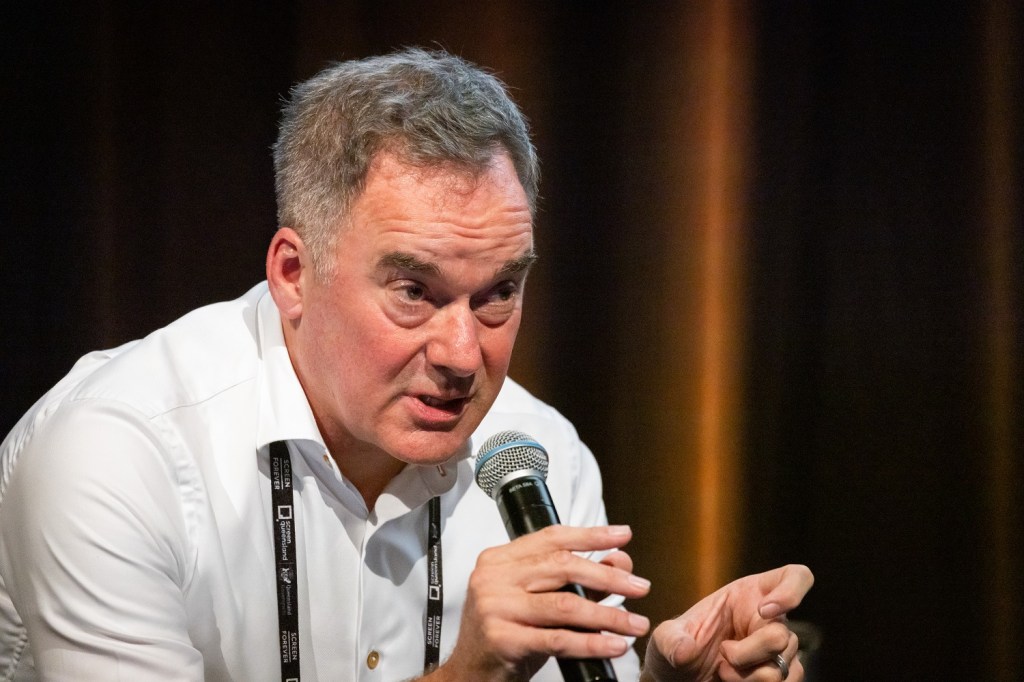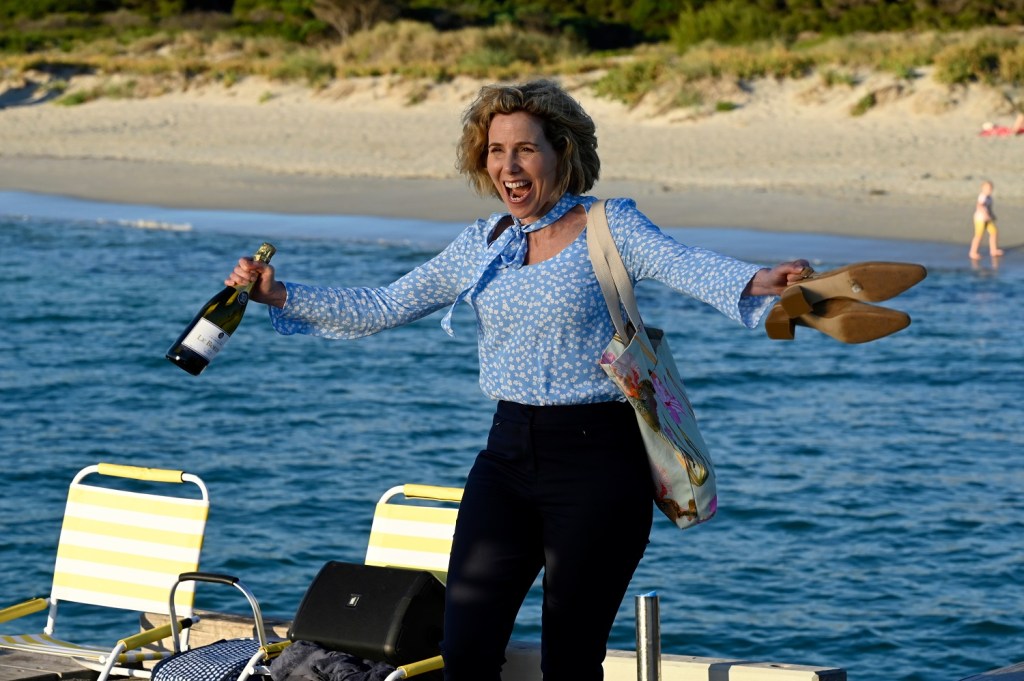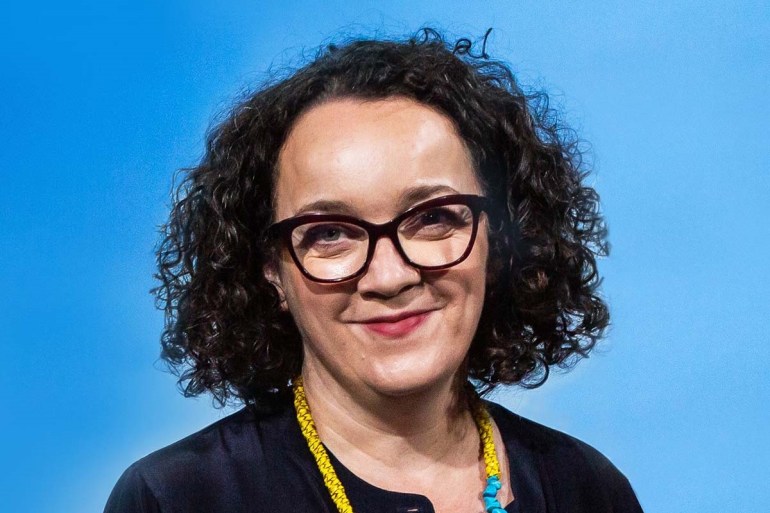Screen Australia would like to see more projects that appeal to the “underserved” audience of 14-35-year-olds and have the potential to resonate internationally, head of content Grainne Brunsdon says.
The former head of Screen NSW is one month into her new role, having been announced as the successor to Sally Caplan in February.
There is already plenty on her plate, with the agency announcing development funding across a slate of 31 titles last week, including 15 television dramas, 11 feature films, and five online series.
Brunsdon told IF while the types of stories creatives are telling had broadened, she would like to see certain audience elements given more consideration.
“We would like to see more stories travel internationally,” she said.
“Australian stories – things that are quintessentially Australian and have a particular perspective from an Australian point of view – and Australian voices, but that resonate internationally.
“We’d also like to see more projects addressing what’s really an underserved audience of 14 to 35-year-olds.
“There are a lot for family audiences, early childhood, and for traditional TV audiences, but that’s not where 14 to 35-year-olds are getting their content.”
Her comments come after Screen Australia CEO Graeme Mason told an audience at March’s Screen Forever conference that he worried stories were increasingly being told to a “smaller and smaller” group of people that were also ageing.

The observation was first made partly in response to the question of why Screen Australia was making a greater investment in games, and then reiterated when the discussion turned to the exhibition sector.
“We back people to do first films, we back films of scale, and we back films of interesting ideas all the time – we are fully invested in that,” he said.
“But if we don’t recognise that the audience for our content is getting old and will die, we won’t have Australian culture, so we have to do both [online and film].”
The place of feature films, specifically those intended for theatrical distribution, has come under the microscope over the past couple of years, as the rise of SVOD services and the coronavirus pandemic wreaked havoc on cinema attendance.
While there have been green shoots for operators, sections of the cinema audience have taken longer to moviegoing return post-lockdown, leading to a number of titles underperforming at the box office.
Brunsdon acknowledged the “tough and dynamic” climate for theatrical distribution, but was optimistic about the upcoming Australian releases, some of which have already garnered acclaim internationally.
“We’ve got about 15 films that are coming out really soon, such as The Drover’s Wife The Legend of Molly Johnson, which is a long-anticipated release,” she said.
“I also think How to Please a Woman will be a very popular film, and there is also 6 Festivals, You Won’t Be Alone, Rob Connolly’s Blueback, and Seriously Red.
“So there’s lots of stuff that has kind of held over in terms of a local release that has premiered overseas but we haven’t seen it released here yet.”

Mason has repeatedly flagged Screen Australia will invest some of its additional $30 million in funding towards helping projects in distribution and reaching audiences, particularly in the theatrical space.
Brunsdon said the agency was committed to working closely with filmmakers with regards to their release strategies from the early stages.
“When things come in for development funding, we’re look at what people’s plans are for a project, and can know whether there’s an appetite in the theatrical market for it.
“[We ask if] people have done their research and started talking to distributors and sales agents about whether there’s interest in this kind of theme or this kind of topic or how they’d like to see it develop.
“It’s about getting in really early with projects, to understand what people’s what producers’ ambitions are for them and then to try and help them achieve that ambition right the way through, whether we’re involved in terms of the production finance or not.”
A key obstacle that has emerged for producers of late is crew availability. 2021 survey data from Screen Producers Australia saw 80 per cent of respondents report crewing difficulty, while an audit commissioned by Ausfilm indicated Australia was facing capacity constraints across a range of key roles.
In November, Screen Australia was included alongside Office of the Arts, the state screen agencies, AFTRS, and NIDA in a working group set up by Ausfilm to develop a national framework to address below-the-line workforce capacity.
Brunsdon said the specifics of the collaboration were still being worked out but hoped to also see some succession planning from the sector.
“We’ve got an industry that, like the country, is kind of ageing out, so what is the sector doing in replacing it?” she said.
“All the agencies in Australia have attachments programs and obviously, all the internationals are required to have training and attachments for their productions when they get money, so there are those things that happen all the time.
“But we will work with the sector and the state agencies, as well as the training institutions such as NIDA, AFTRS, and TAFE to look at the best way to get people trained up and employment ready.”
Brunsdon’s own team features a number of new hires, including head of scripted Christopher Sharp, who was appointed at the end of March, and investment and development manager Seph McKenna, who joined the agency in January.
She said her department was looking forward to catching up on some of the missed conversation from the past couple of years.
“I think there is a perception we haven’t been as present – we have, just not physically,” she said.
“We certainly encourage people to talk to us and we are happy to meet in person, or via Zoom.
“The team will also be getting out to more industry events as they are held more in-person.”


